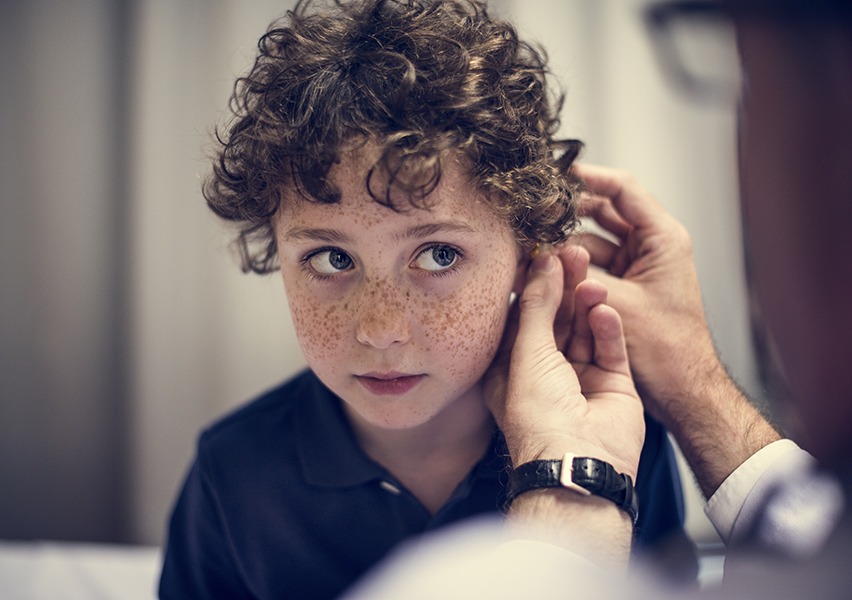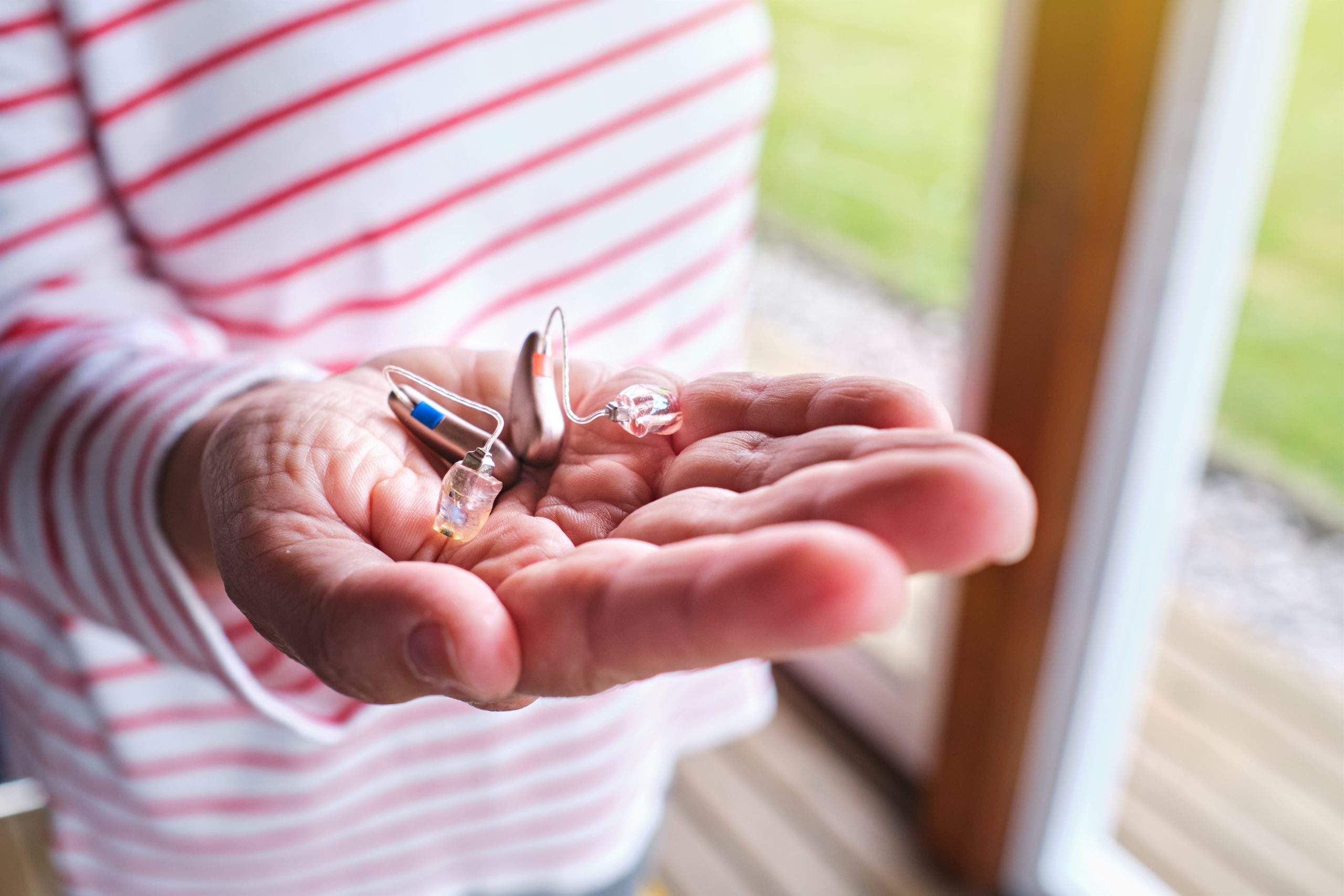Introduction
The broad and rich tapestry of life is filled with diverse sonic experiences. Yet, for those living with sensorineural hearing loss (SNHL), this auditory panorama might seem to have lost its vibrancy. Despite the inherent hurdles, an increasingly loud chorus of hope is emerging, fueled by the remarkable strides in scientific and medical investigations aimed at enhancing the quality of life for those affected by this condition.
This blog entry is an ode to that rising chorus. It paints an invigorating narrative of breakthroughs, from cutting-edge clinical trials to progress in cochlear implants, the potential preventive impact of antioxidants on sensorineural hearing loss, and the promise held by nanotechnology and regenerative medicine.
As we delve into these intriguing facets of advancement, bear in mind that each one embodies a palpable stride toward a future where SNHL can be more effectively managed, if not fully eliminated. Let’s collectively immerse ourselves in the cadence of this exploration, decoding the elements that comprise the orchestra of innovation in sensorineural hearing loss research.
Prof-ReChargeable-Hearing-Aid
Experience Exceptional Sound Quality with Vivtone RIC02, a professional RIC hearing aid featuring a receiver in the canal design. Enjoy superior sound fidelity, reduced distortion, and minimal feedback. With a remarkable 51dB peak sound gain, it surpasses many other devices, catering to a wide range of hearing loss levels.
State-of-the-Art Technology awaits you with Vivtone RIC02. Designed with US-made components from renowned brands like Intricon and Knowles, this advanced device offers exceptional quality at a fraction of the cost. The built-in 30mAh steel-sealed lithium polymer battery charges rapidly in just 1.5 hours and provides an impressive battery life of over 20 hours.
Reliability and Water Resistance come hand in hand with the Vivtone RIC02. Secure your device with the included lanyard and clip, preventing accidental loss. With an IP65 rating, these hearing aids are resistant to water, sweat, and raindrops, assuring longevity and durability. Give the perfect gift to your seniors and loved ones, as this device combines functionality with an appealing appearance and packaging.
Current Clinical Trials: Innovations in Sensorineural Hearing Loss
In research labs and clinics worldwide, scientists and medical professionals are diligently crafting new harmonies of hope for those with sensorineural hearing loss. Present clinical trials are among the most hopeful verses in this harmony, unearthing groundbreaking treatments and therapies that may redefine our approach to this condition.
Take for instance the clinical trial for FX-322, a pioneering drug aiming to trigger the regeneration of sensory hair cells in the inner ear, thereby potentially restoring hearing capabilities. Or, consider the study spearheaded by Audion Therapeutics, focusing on LY3056480, a drug with similar goals.
Each of these trials represents a unique chord in a broader harmony, underlining the unwavering pursuit of progress and the tireless commitment to enhancing the lives of those coping with sensorineural hearing loss.
Advancements in Cochlear Implants: An Ongoing Research
Cochlear implants have been a formidable player in the ensemble of treatments for sensorineural hearing loss. These tried-and-true devices have already restored the auditory world to many. Yet, the composition of improvements continues to evolve.
An intriguing development is the introduction of fully implantable cochlear implants. These devices negate the need for an external sound processor, providing users with superior convenience and a renewed sense of autonomy. Further, ongoing research dedicated to enhancing sound quality and speech recognition seeks to make every sound more precise and every word more comprehensible.
Such advancements contribute to a richer harmony within the wider concert of cochlear implants. They project a future wherein the symphony of life will be more readily accessible to those living with sensorineural hearing loss.
11 ways to improve sleep better with tinnitus
The Role of Antioxidants in Preventing Sensorineural Hearing Loss
Prevention has always held a key role in the realm of healthcare, and it is no different with sensorineural hearing loss. The melody of prevention is acquiring a new cadence with the exploration of antioxidants’ role in warding off SNHL.
In this composition, antioxidants take center stage, potentially protecting the delicate inner ear structures by neutralizing damaging free radicals in the body. Research, such as the study published in the Journal of Nutritional Biochemistry, found correlations between increased antioxidant intake and decreased instances of SNHL, making the melody of prevention a captivating one.
However, this melody of prevention does not provide a universal solution for all causes of SNHL. Still, it adds an integral beat to the broader rhythm of managing this condition.
Nanotechnology and Sensorineural Hearing Loss: An Emerging Field of Study
In the concerto of advancements for sensorineural hearing loss, nanotechnology emerges as the latest maestro. This burgeoning field offers a myriad of potential applications in treating SNHL, adding an exciting finale to the musical score of progress.
Consider the thrilling research focused on utilizing nanoparticles for targeted drug delivery to the inner ear, potentially making treatments more potent. Also, exciting work involving nanofibers aims to enhance cochlear implants, making them less invasive and more effective.
While this tune is still in its infancy, the notes of nanotechnology resonate with promise, lending a fresh tempo to the symphony of progress in SNHL treatment.
Future Directions in Sensorineural Hearing Loss Research
As our concerto of progress continues, we set our gaze on the future, a grand score yet to be penned. Research into sensorineural hearing loss is poised to venture into exciting new territories, each bearing the potential to reshape the soundscape of life for many.
Whether it’s the further refinement and widespread adoption of innovative drug therapies, the evolution and expansion of cochlear implant technology, the continued study of diet and lifestyle’s role in SNHL prevention, or the sustained progression of nanotech applications, each of these future directions strikes a thrilling chord in the grand score of progress.
The Promise of Regenerative Medicine in Sensorineural Hearing Loss
In the concerto of progress for sensorineural hearing loss, regenerative medicine is a soloist commanding the limelight. This field brings the exciting prospect of redefining our approach to SNHL, adding a transformative melody to our grand composition.
Regenerative medicine brings the tantalizing potential of restoring damaged inner ear cells, possibly reversing hearing loss. Consider the advancements in stem cell research that might lead to restoring lost sensory hair cells in the inner ear, thereby changing the entire cadence of the SNHL narrative.
Although this melody is still being crafted, and several complex measures remain to be navigated, the promise of regenerative medicine in sensorineural hearing loss adds a hopeful note to our concerto of progress.
Discover the Secrets of Hearing Loss
Conclusion
As our concerto draws to its close, we reflect on the chords of innovation that have shaped our understanding of sensorineural hearing loss. From the inspiring trials pushing the boundaries of drug therapies to the evolution of cochlear implants, the melody of progress echoes throughout. The preventive role of antioxidants adds another layer to our symphony, while the harmonious integration of nanotechnology ushers in new possibilities.
The future directions of sensorineural hearing loss research, along with the promise of regenerative medicine, strike the crescendo in our symphony, echoing with optimism. The transformative potential of these advances hints at a new composition wherein sensorineural hearing loss no longer represents a jarring note in the symphony of life, but a challenge that can be more effectively managed, and perhaps someday, fully conquered.
This symphony of innovation and optimism is a testament to the relentless quest for progress. It’s a grand score filled with unyielding dedication, ingenious thinking, and deep empathy for the millions of adults worldwide affected by sensorineural hearing loss.
The melody of this symphony is far from finished; each new day contributes a fresh note of progress, a new beat of hope. As we celebrate the progress thus far, we eagerly anticipate the beautiful melodies yet to be composed.
For now, let’s revel in the inspiring tempo of this symphony, a tribute to human ingenuity and resilience, and a harmonious promise of a better tomorrow for those affected by sensorineural hearing loss.

Walking in Their Shoes: A Closer Look at the Lives of Seniors with Otosclerosis
Introduction Otosclerosis, a hearing condition that primarily affects the bones in the ear, presents unique

Unveiling Otosclerosis: Understanding Its Impact and Navigating Life
Introduction Imagine the orchestra of life gradually tuning down until the world around you becomes






